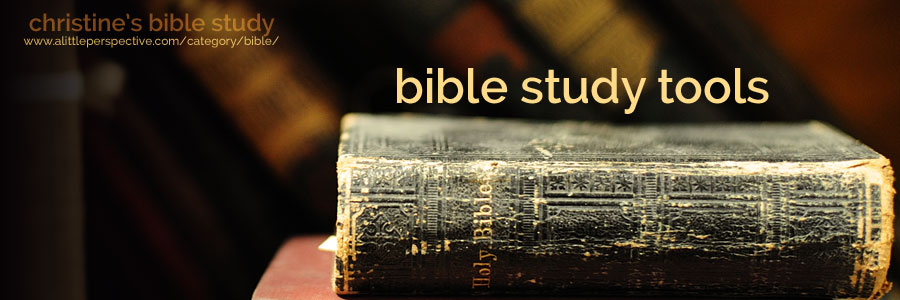

The Trinitarian formula (known as the Comma Johanneum) made its way into the third edition of Erasmus’ Greek NT (1522) because of pressure from the Catholic Church. From there, it made its way into copies of the Latin Vulgate, the text used by the Roman Catholic Church. 2 The reading seems to have arisen in a fourth century Latin homily in which the text was allegorized to refer to members of the Trinity. This is all the more significant, since many a Greek Father would have loved such a reading, for it so succinctly affirms the doctrine of the Trinity. Indeed, the reading appears in no Greek witness of any kind (either manuscript, patristic, or Greek translation of some other version) until AD 1215 (in a Greek translation of the Acts of the Lateran Council, a work originally written in Latin). Thus, there is no sure evidence of this reading in any Greek man u script until the 1500s each such reading was apparently composed after Erasmus’ Greek NT was published in 1516. Most of these manuscripts (2318, 221, and 61, 88, 429, 629, 636, and 918) originate from the 16th century the earliest manuscript, codex 221 (10th century), includes the reading in a marginal note which was added sometime after the original composition. This longer reading is found only in eight late manuscripts, four of which have the words in a marginal note.

Our discussion will briefly address the external evidence. However, the evidence-both external and internal-is decidedly against its authenticity. This reading, the infamous Comma Johanneum, has been known in the English-speaking world through the King James translation. 5:8 And there are three that testify on earth”).


 0 kommentar(er)
0 kommentar(er)
